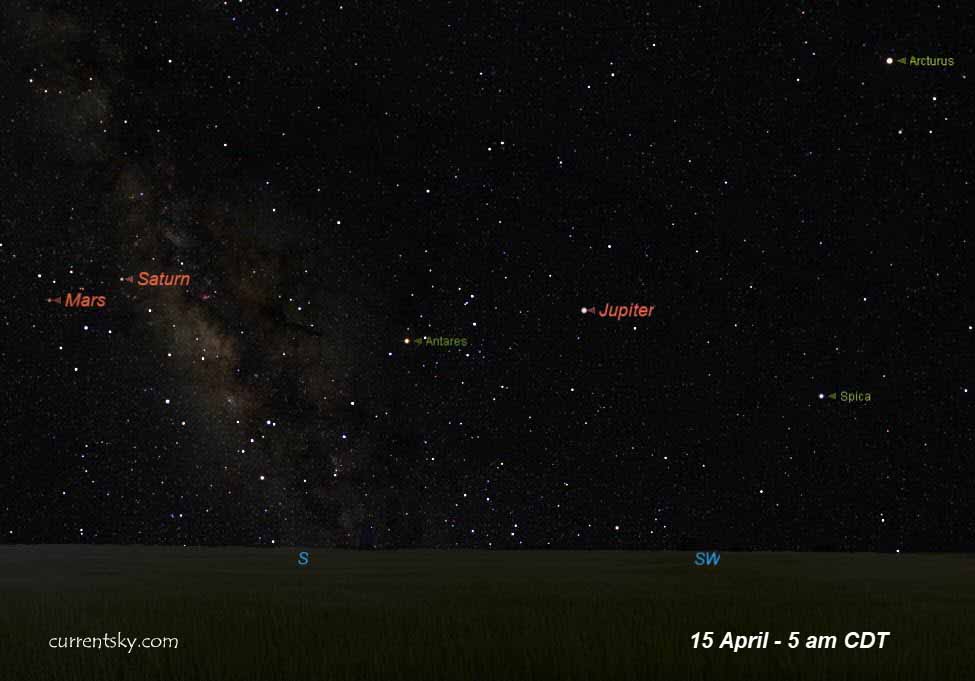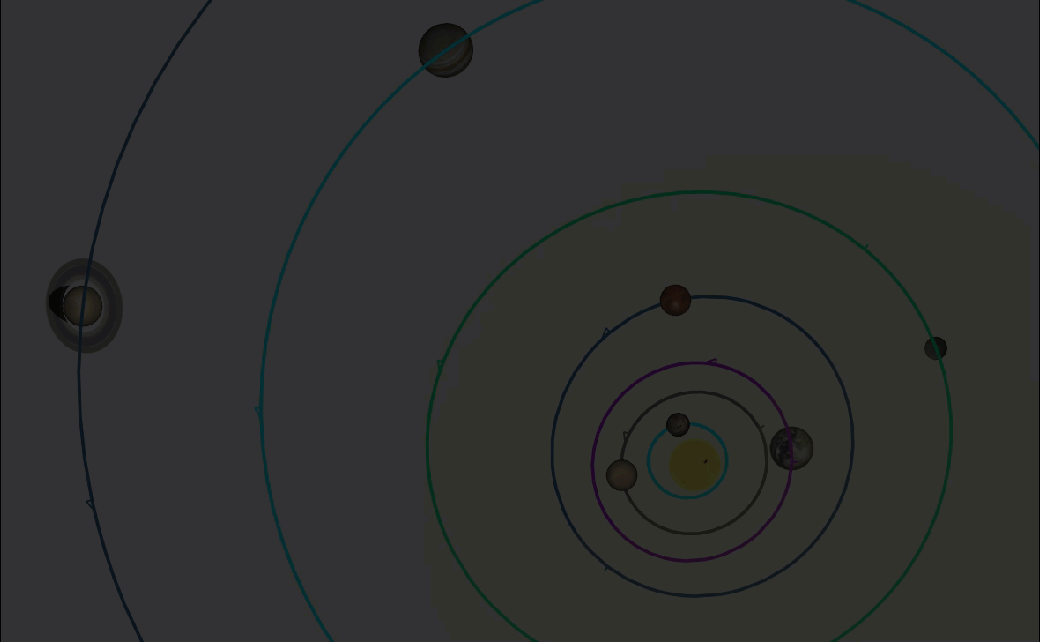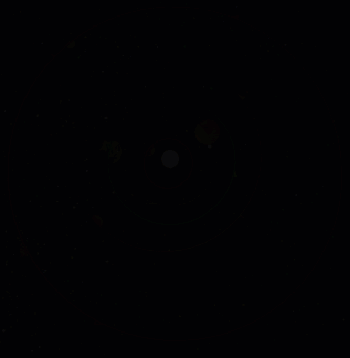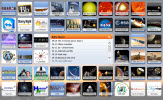April 2018
This month most of the planet viewing and their interactions with the Moon will be in the morning an hour or so before local time for sunrise. Mars, Saturn, and Jupiter are arranged across the sky above the eastern to southern horizon. In the evening the two inner planets make their reappearance after their respective time on the opposite side of the Sun at superior conjunction. Watch for these two to gradually move out eastward away from the setting Sun giving them more time above the western horiaon before each one sets.
Click here for the month at a glance calendar.

This graphic shows the pre-dawn skies of mid-month at around 5 am CDT. Three of the outer planets, Mars, Saturn, and Jupiter are easily seen spread out above the east to southern horizon.
Mercury reappears in the evening skies and joins Venus as both move eastward away from the setting Sun.
Venus also reappears in the evening skies and has several interesting conjunctions, two with Mercury, and one with Uranus.
Mars rises several hours before the Sun rises and is easily seen over the southeastern horizon at sunrise.
Dwarf Planet Ceres rises in mid-afternoon and is high above the southern horizon in the the area of Cancer the Crab. With an apparent magnitude between 6 and 7 Ceres is best viewd from time exposure pictures or wit a large telescope.
Jupiter rises several hours before the Sun rises and is easily seen over the southeastern horizon at sunrise. Jupiter begins its retrograde motion on the 9th amongst the stars of Libra the Scales.
Saturn rises a couple of hours before the Sun and is visible above the southeast horizon at sunrise within the stars of Sagittarius the Archer.















 Above the Solar System at 10 day Intervals
Above the Solar System at 10 day Intervals

 Lee's Summit, MO
Lee's Summit, MO 